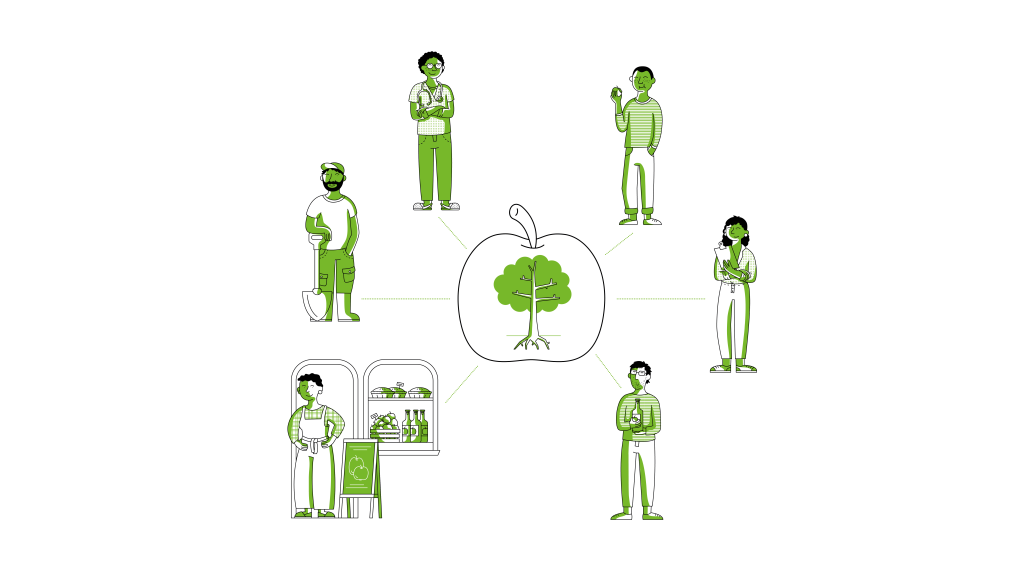Step 2: Identifying the actors and specifying the role of evaluators
In the second step of the evaluation process, the actors who have a stake in the object of evaluation and/or in the evaluation itself are identified. The role of the evaluators also needs to be specified.
Actors with a stake in the object of evaluation are referred to as ‘stakeholders’ and here a distinction is drawn between ‘active stakeholders’ and ‘passive stakeholders’. The first category, ‘active stakeholders’, is comprised of persons, groups or organisations that play an active role in and/or exert influence over the object of evaluation (e.g. sponsors of the object of evaluation) as well as individuals responsible for managing or implementing the object of evaluation (e.g. employees). The second category, ‘passive stakeholders’, is comprised of individuals who have little or no influence over the object of evaluation. They are often found among target groups and among those who are excluded from or adversely affected by the object of evaluation, in some cases without any knowledge of its existence. Individuals who have an informational interest in the evaluation are referred to as ‘potential users’ of the evaluation and its findings. Individuals that the evaluators intend to report to in accordance with the evaluation plan are referred to as the ‘addressees’ or ‘intended users’ of the evaluation.
It is often useful to involve both active and passive stakeholders in the evaluation process. This is the basic idea behind utilisation-oriented and participatory approaches to evaluation. A key argument in favour of stakeholder involvement is that it is hoped that their participation will make the evaluation process run smoothly, provide well-founded thematic coverage, give rise to helpful hints for concrete implementation and result in strong support when evaluation findings are to be utilised. A decision should be made on a case-by-case basis on whether to include active and passive stakeholders, and if so, to what extent and at what steps in the specific evaluation.
Evaluations must be carried out by persons who are specifically qualified for this task: professional evaluators. Evaluators may be employees of the client organisation or work as external consultants (internal versus external evaluation). Internal evaluations are supervised and carried out by persons employed by the organisation sponsoring the object of evaluation. Internal evaluations can be broken down into two categories: in-house evaluations and self-evaluations. In the first case, the evaluation is carried out by persons within the organisation who are not primarily responsible for the object of evaluation (e.g. they work within a specialised evaluation unit). In the second case, self-evaluation, the evaluation is conducted by persons within the organisation who are responsible for the object of evaluation. External evaluations, in contrast, are carried out by evaluators who come from outside the organisation.
